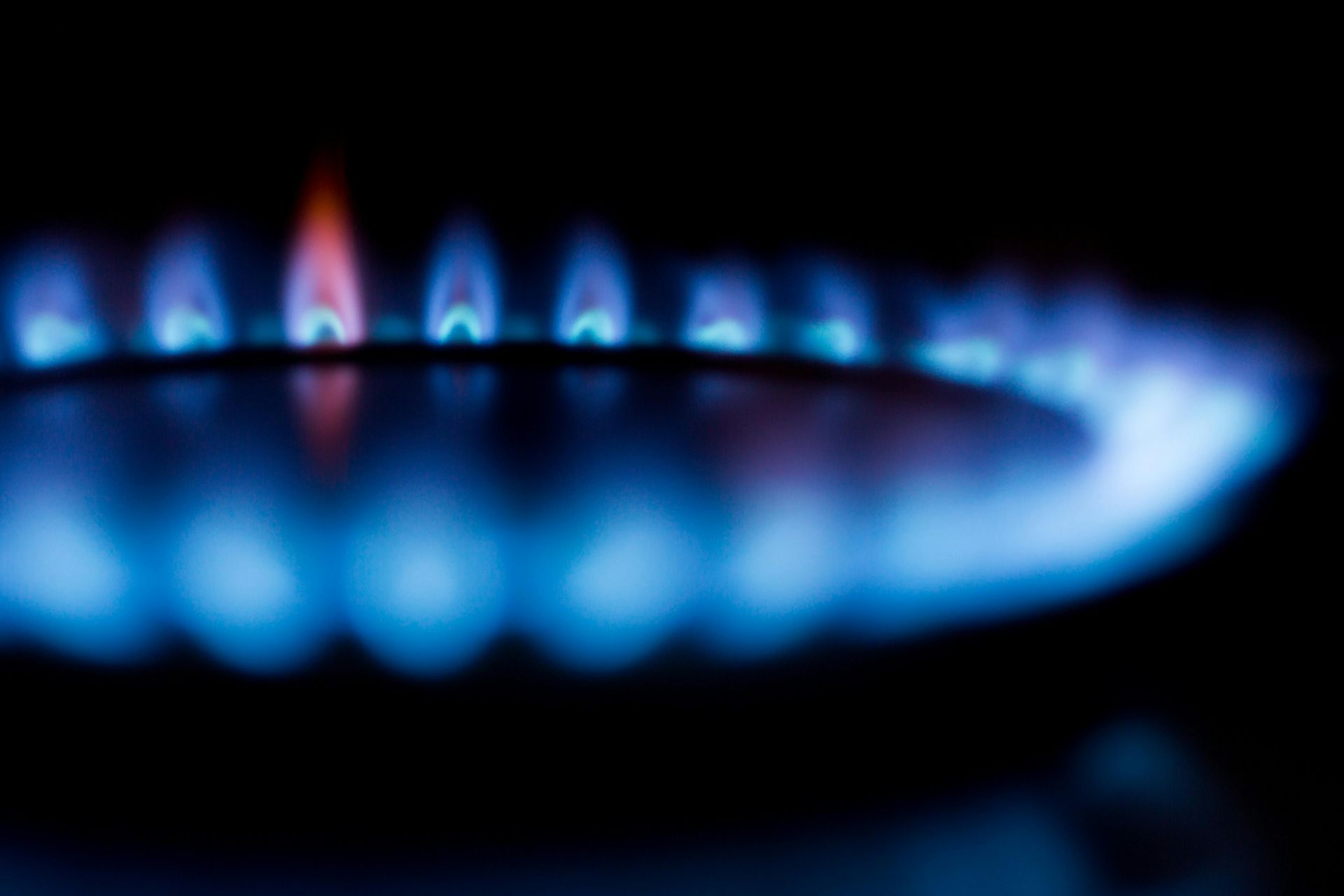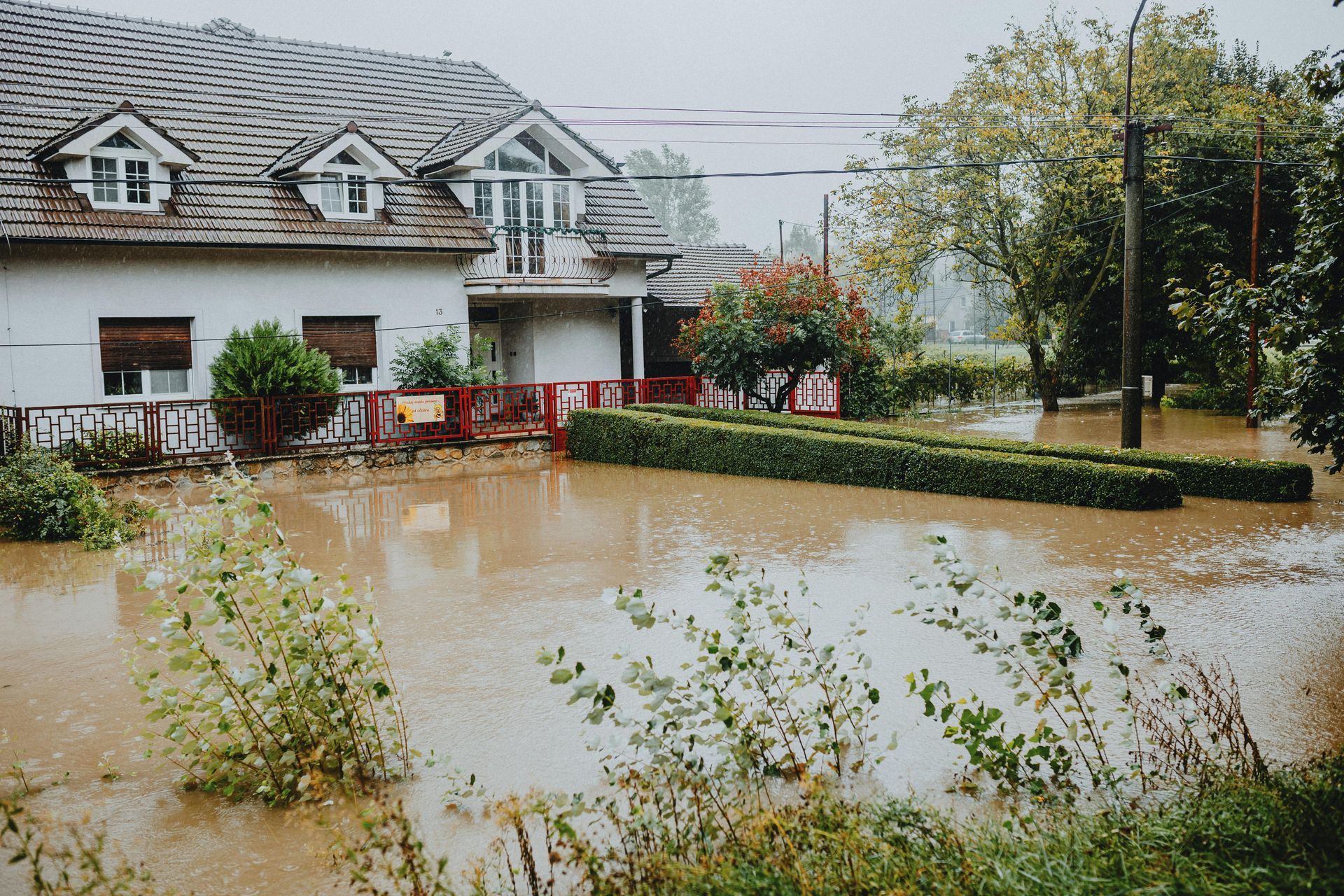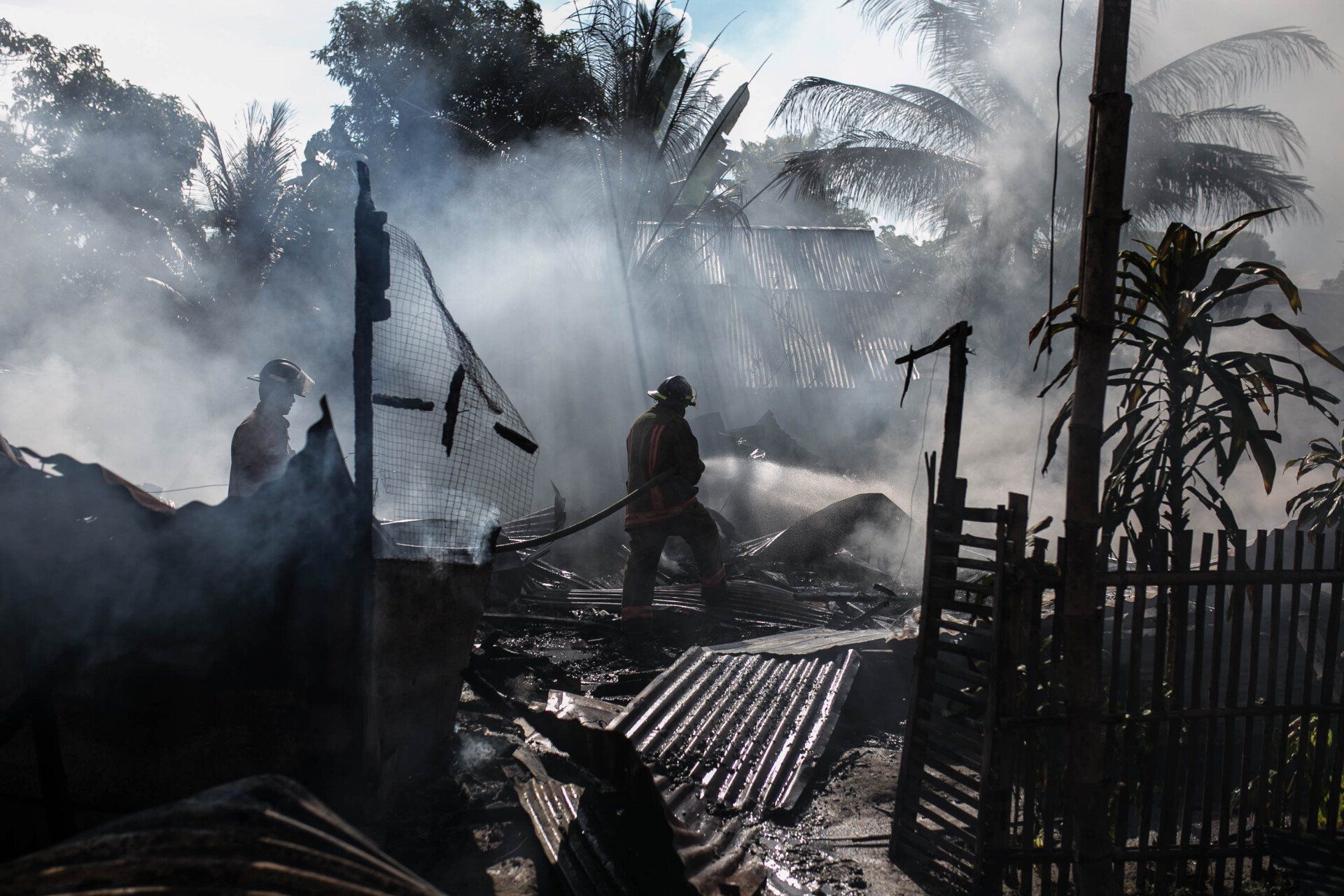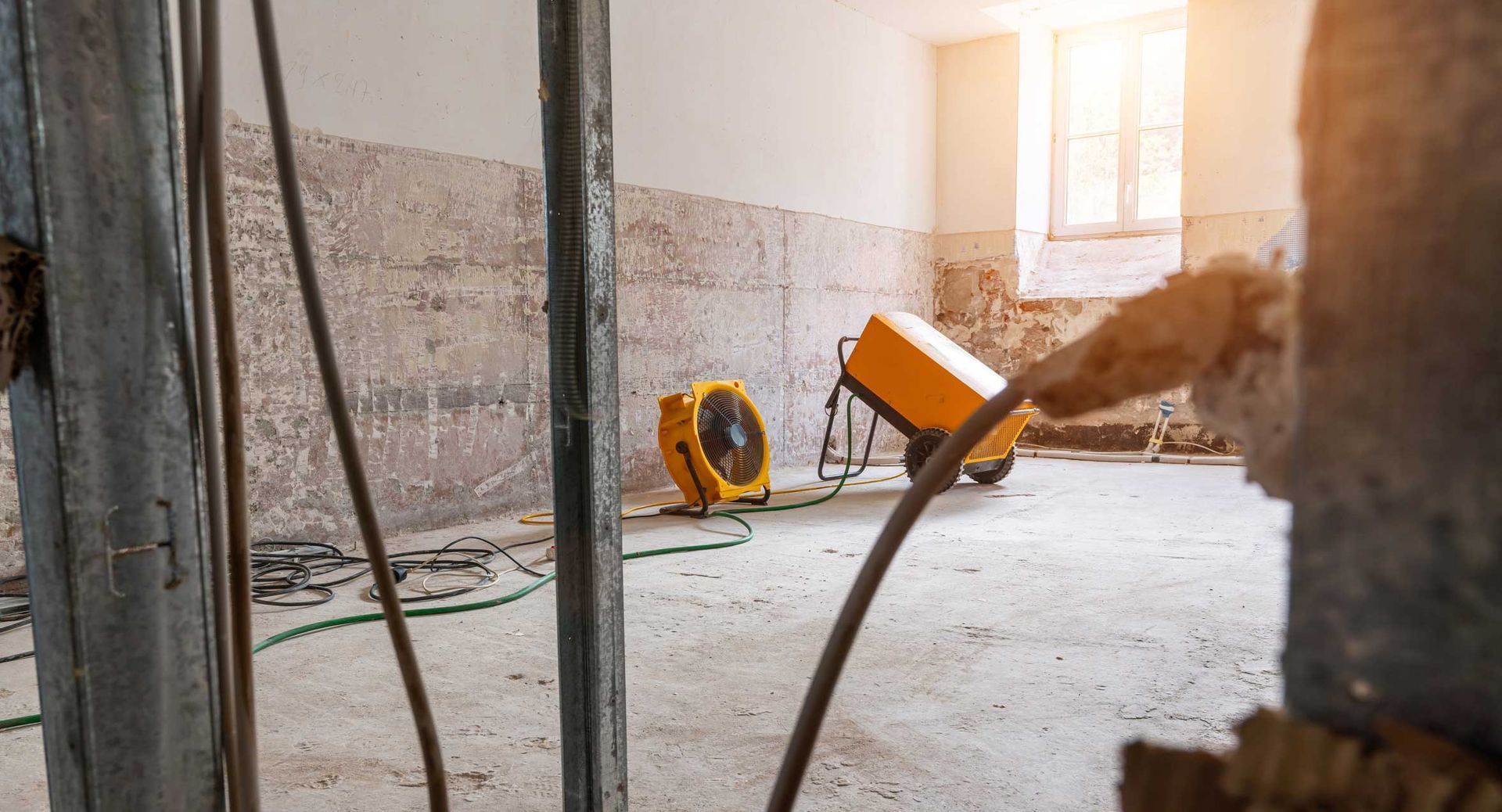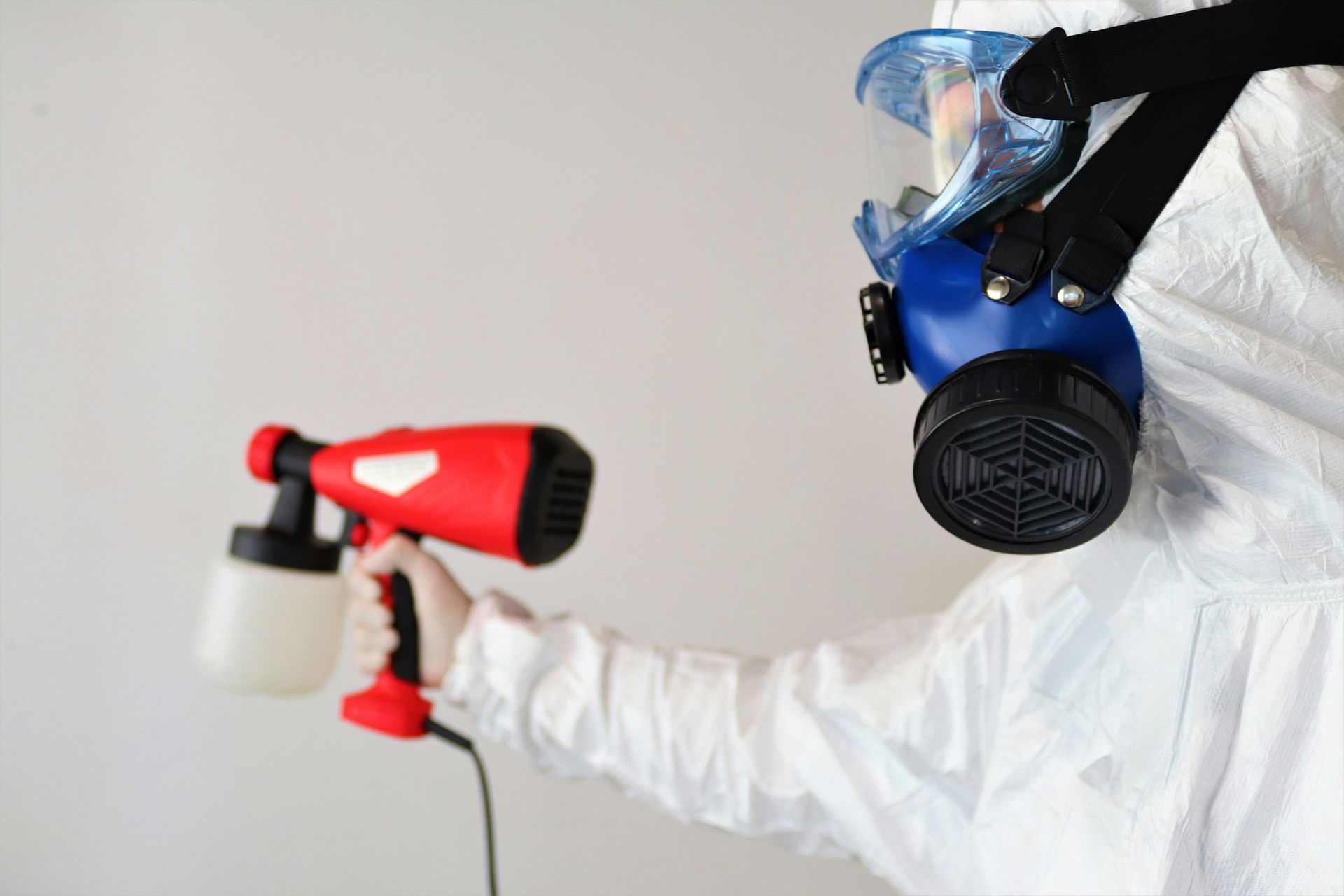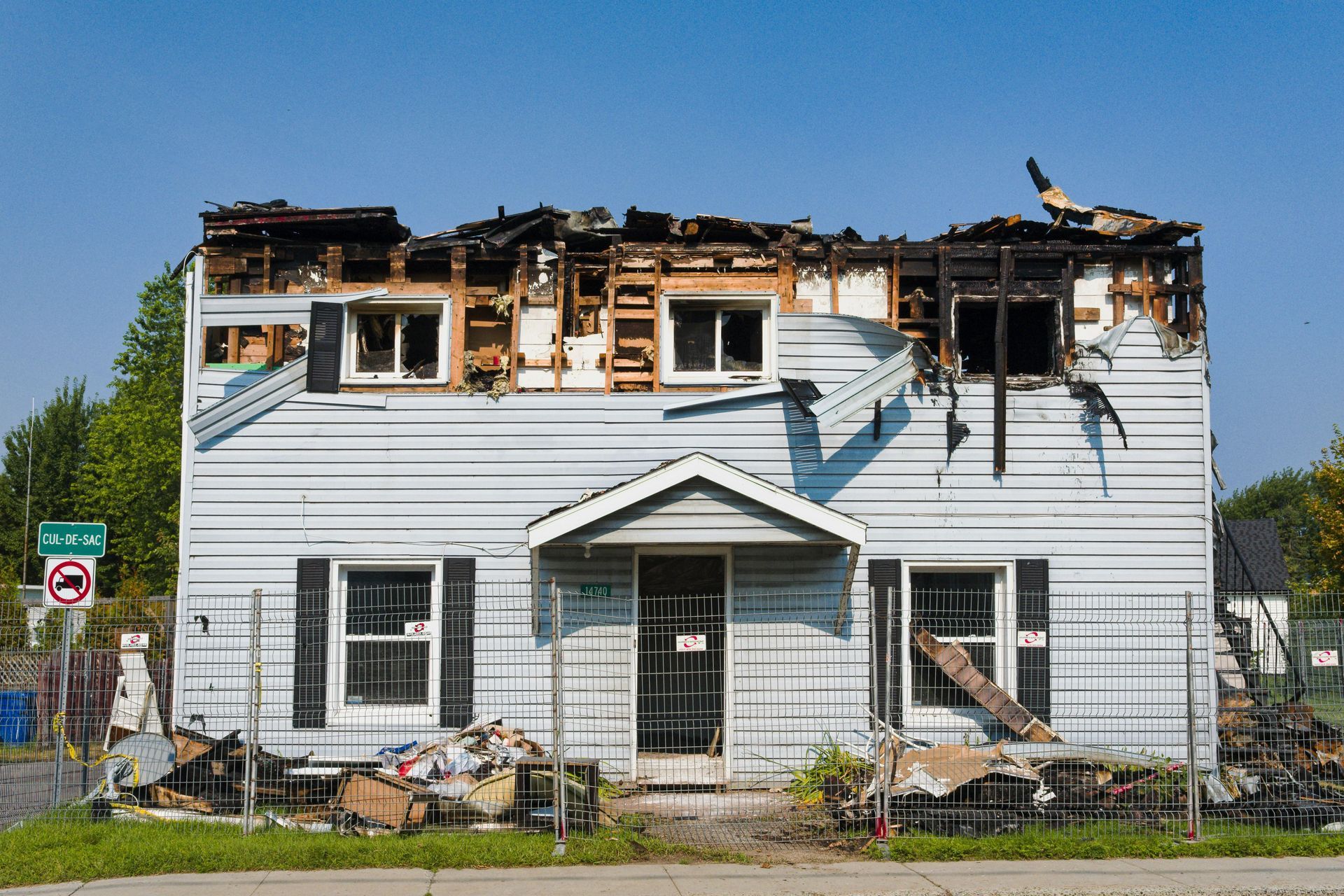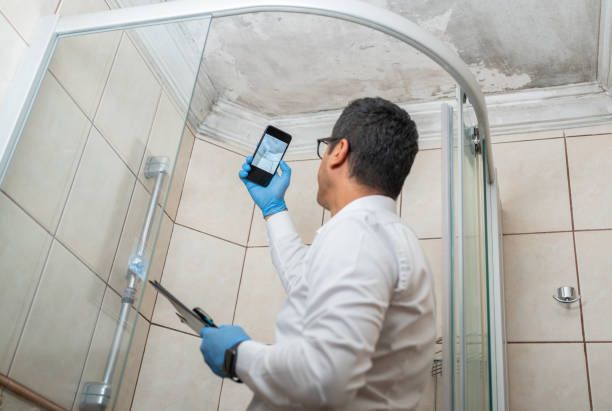Protecting Your Home from Fire Damage
Home Fire Damage Protection: Vital Measures for Safety
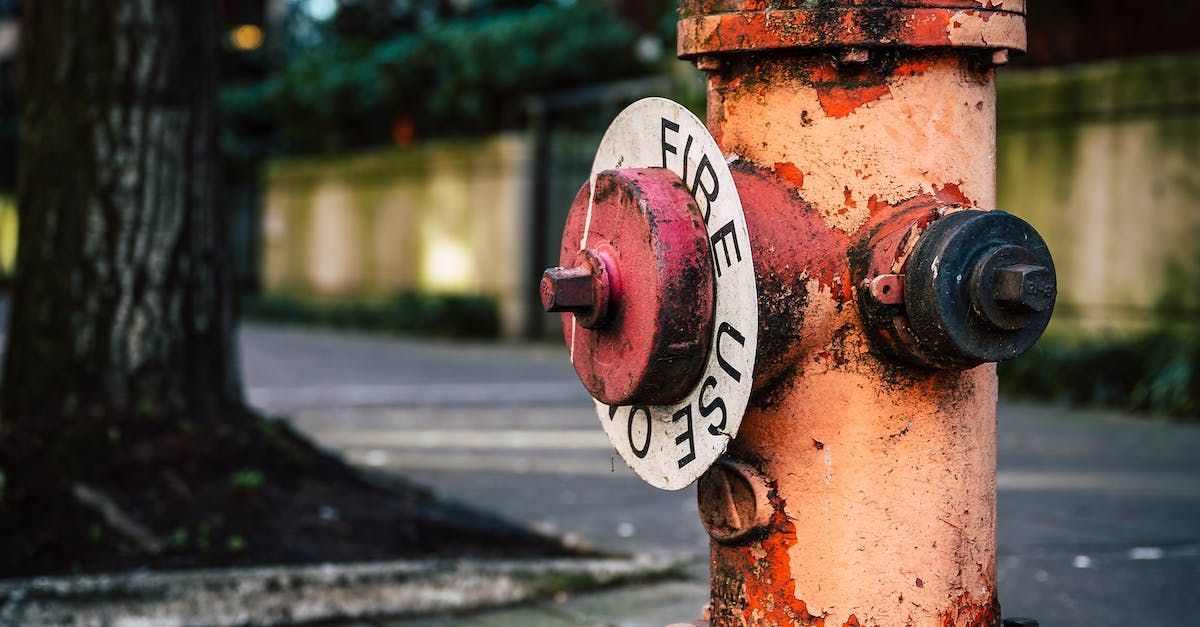
In home fire damage protection, understanding the prevalence and risks associated with house fires is crucial for every homeowner. Each year, fires claim lives, devastate properties, and result in significant financial losses. Recent statistics reveal that residential fires account for a considerable proportion of emergency responses, underlining the indispensable need for robust fire safety measures. The consequences of inadequate preparation can be catastrophic, ranging from the loss of life and property to extensive financial implications stemming from restoration costs. This article aims to explore essential strategies and measures to mitigate the risks of fire damage, focusing on preventative actions, emergency preparedness, and the pivotal role of professional restoration services in reclaiming and restoring fire-damaged homes. By adhering to expert recommendations and implementing comprehensive home fire damage protection practices, homeowners can significantly reduce the impact of fires on their lives and properties.
Understanding the Risk Factors
Understanding the common causes of home fires is paramount in the implementation of effective fire damage protection strategies. Unattended cooking stands as the primary ignition source, where neglect in the kitchen can transform a benign meal preparation into a hazardous conflagration. Equally, heating equipment, especially during the colder months, poses significant risks. Portable heaters positioned too close to flammable materials or left operational without supervision can precipitate disastrous outcomes. Electrical faults, a less conspicuous but equally perilous cause, stem from overloaded circuits, outdated wiring systems, and the misuse of electrical appliances, underscored by increased demand during peak usage seasons.
These risk factors do not exist in isolation but are exacerbated under specific conditions or during particular times of the year. For instance, the winter season sees a marked increase in heating-related incidents, while holidays that encourage cooking and decorative lighting can also surge the likelihood of electrical and cooking-related fires. Recognizing these risks and their seasonal peaks is crucial for homeowners to adapt their fire safety practices accordingly, minimizing the potential for these common causes to escalate into full-blown emergencies.
In the realm of fire damage protection and restoration, understanding and mitigating these risks underscore the dual emphasis on prevention and preparedness. A proactive approach, grounded in industry expertise and a comprehensive understanding of common fire sources, enables homeowners to safeguard their properties effectively against the devastating impact of fire damage.
Understanding the Common Causes of Home Fires
To effectively prevent fire-related disasters, identifying their common sources is imperative. Cooking mishaps lead the pack, followed by heating equipment misuse and electrical malfunctions. Being aware and vigilant about these risks is the first step towards safeguarding homes from potential fires.
Cooking-related Fires
Unattended cooking, mishandling of hot oil, and malfunctioning cooking appliances stand as the principal culprits behind cooking-related fires. For instance, a scenario where a family dinner preparation goes awry due to a momentary diversion, causing a pan left on a high flame to ignite, illustrates the dangers of unattended cooking. Similarly, mishandling hot oil can lead to flare-ups, as seen in incidents where attempts to extinguish grease fires with water result in explosive reactions. Additionally, malfunctioning cooking appliances, exemplified by an electric stove failing to regulate temperature, can unsuspectively escalate into a blaze. These real-life examples underscore the critical importance of vigilance and proper handling of cooking equipment to preempt devastating fire incidents within the home.
Electrical Fires
Electrical fires often stem from faulty wiring, overloaded circuits, or the improper use of appliances, representing a significant hazard within homes. To preempt such dangers, identifying telltale signs is critical. Discoloration around outlets, frequent circuit breaker trips, and a persistent burning smell without an identifiable source serve as red flags for potential electrical issues. Regular inspections by qualified electricians can avert these risks, ensuring the electrical system's integrity and safeguarding the home against potential fire accidents. Homeowners must remain vigilant, recognizing these warning signs early to maintain a safe living environment, thus mitigating the risks associated with electrical malfunctions.
Heating Equipment Fires
Improper maintenance of heating equipment, such as heaters, fireplaces, and furnaces, can precipitate fire incidents. The accumulation of dust and debris can obstruct airflow and lead to overheating. Likewise, neglected chimneys can harbor creosote buildup, a highly combustible substance that ignites under high temperatures. To avert such scenarios, it is critical to adhere to recommended maintenance schedules, including regular inspections and cleaning by qualified professionals. Establishing a routine inspection ensures the safe and efficient operation of heating systems, minimizes the risk of fire hazards, and safeguards the home from potential damages
.
Fire Prevention Tips
In the pursuit of safeguarding homes from the destructive force of fire, prevention stands as the paramount strategy. Equipped with industry-specific insights, our comprehensive fire prevention tips are crafted to significantly mitigate the risk of fire, grounded in our unwavering commitment to homeowner safety and the preservation of property. These preventative measures are the product of meticulous research and vast experience in the field of fire damage restoration, reflecting our dedication to not only restoring homes but also preventing such calamities from occurring.
Regular Inspection and Maintenance
Regular inspection and maintenance of fire-prone areas and appliances is a critical step in fire prevention. Professional services like Northeastern Restoration specialize in identifying and mitigating potential risks before they escalate. With a deep understanding of critical fire causes and an expert eye for detail, our team ensures that homes remain safe and secure. Trusting this crucial task to professionals means leveraging industry-specific knowledge and the latest techniques for the most thorough prevention measures. It's a proactive approach to safety, prioritizing the well-being of both property and residents.
Proper Storage of Flammable Materials
Improper storage of flammable materials not only elevates the risk of fire but also complicates containment efforts once a fire has ignited. Flammable substances, including solvents, fuels, and certain household chemicals, must be stored in designated, well-ventilated areas away from ignition sources. Employing containers designed for flammable storage, ideally marked with appropriate hazard symbols, is paramount. Further, it is advisable to limit quantities stored to minimize potential harm. By adhering to these guidelines, homeowners markedly reduce the likelihood of fire incidents, aligning with Northeastern Restoration's ethos of preemptive safety practices in fire hazard mitigation.
Fire-Resistant Building Materials
Employing fire-resistant materials in construction and renovation plays a vital role in enhancing a home's resilience against fire damage. These materials, designed to withstand high temperatures and slow the spread of flames, include dual-purpose gypsum board, fire-retardant-treated wood, and intumescent paint. Gypsum board, for instance, can be utilized in walls and ceilings, offering an extra layer of protection. Fire-retardant-treated wood is ideal for structural frameworks, significantly reducing the likelihood of ignition. Intumescent paint can be applied to walls, ceilings, and other surfaces, expanding when exposed to heat to form a protective barrier. By integrating these materials into their homes, property owners substantially mitigate the risk of fire propagation, aligning with Northeastern Restoration's commitment to preserving safety and integrity in residential spaces.
Smoke Detectors and Fire Alarms
The pivotal role of smoke detectors and fire alarms in preserving home safety cannot be overstated. Strategically installing these devices throughout the house, particularly near bedrooms and in the kitchen, ensures early detection of smoke and fire, providing crucial reaction time to evacuate and call for emergency services. Regular maintenance, including monthly testing and annual battery replacement, ensures these systems operate efficiently when most needed. Northeastern Restoration underscores the importance of this proactive approach, integrating it into our comprehensive fire prevention strategies to bolster homeowner safety and property protection.
Fire Extinguishers
Ensuring the strategic placement of fire extinguishers within homes is crucial for immediate response in case of a fire emergency. Key locations include the kitchen, garage, and any heating appliances. The fundamental process of using a fire extinguisher can be remembered with the acronym P.A.S.S.: Pull the pin, Aim the nozzle at the base of the fire, Squeeze the lever steadily, and Sweep the nozzle from side to side. This simple yet effective technique empowers homeowners to act swiftly, significantly mitigating potential damage and aligning with Northeastern Restoration's commitment to safety and prevention.
Fire Safety Plan
Developing a meticulous fire escape plan is a fundamental component of residential safety protocol, offering structured guidance during critical emergencies. Initiating this process demands identifying two exits for every room, ensuring escape paths are unobstructed and accessible. Designating a safe meeting spot outside the home is crucial for efficient accountability post-evacuation. Importantly, incorporating drills into family routines—at least twice a year—ensures familiarity and readiness. These rehearsals refine quick and calm egress, solidifying Northeastern Restoration's advocacy for comprehensive safety measures in fire risk management.
The Aftermath: Recovering from a Home Fire
Recovering from a home fire demands immediate and informed action to mitigate further damage and commence the restoration process. Initially, it's imperative to contact your insurance provider to report the incident and discern the extent of your coverage for fire damage and temporary housing if necessary. This foundational step ensures financial support for the arduous path to restoration.
In the aftermath, safety remains paramount; re-entry into the damaged premises should only occur upon clearance from fire authorities, confirming structural stability and the absence of hazardous conditions. Prioritize ventilation to dispel smoke and soot from the interior, but refrain from extensive cleaning attempts that may exacerbate damages. Notably, soot and smoke residue, insidious in nature, embedded within surfaces, requiring professional attention to eradicate thoroughly.
Professional restoration services, equipped with industry-specific knowledge, specialized equipment, and a commitment to quality, stand as your indispensable ally in this endeavor. Their expertise in soot and smoke removal, structural repairs, and content restoration transcends the capabilities of non-professionals, ensuring a comprehensive recovery. Such services not only restore your home to its prior state but also safeguard against potential long-term issues, affirming the necessity of their intervention in the wake of a fire's devastation.
Remember, swift action paired with professional guidance is paramount in navigating the aftermath of fire damage, underscoring the importance of seeking expert restoration services to reclaim and rejuvenate your cherished home.
Ensuring a Fire-Proof Future with Northeastern Restoration
In the face of adversity, Northeastern Restoration stands as a beacon of resilience and expertise, offering unparalleled fire damage restoration services. Our team of certified professionals leverages advanced technologies and industry-specific strategies to meticulously restore your property to its pre-loss condition. From comprehensive smoke damage eradication to structural repairs, we are committed to excellence in every facet of our work. Our tailored approach ensures not just a restoration of physical structures but the reclamation of peace and security within your home. We invite you to partner with us in fortifying your home against future incidents. Contact Northeastern Restoration today to begin the journey back to restoration and safety.
